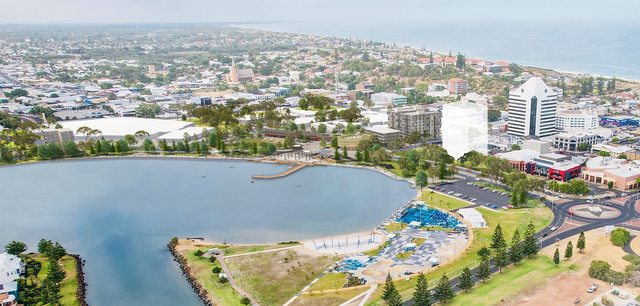The torrential rain which caused havoc in the Sydney basin in February, resulted in several bridge closures at different locations across the Wollondilly Shire.
As the floodwaters rose and then fell again, Council staff were closely monitoring the Shire’s bridges at Menangle, Douglas Park Gorge, Stonequarry Creek, Cobbitty and Blaxland Crossing.
All have since been checked and reopened but much more went into the process than met the eye.
When floodwaters were seen on the deck of the bridges, SES, Police and/or Council activated an emergency response to close the bridge preventing all traffic from entering the area.
Once the flood waters receded below the bridge deck, maintenance crews were sent out to remove any debris that had washed up onto the bridge deck and carried out any road surface repairs required.
Most importantly, structural condition checks were carried out.
Mayor, Matthew Deeth, explained, “When the water level drops below the bridge deck, safety is the key concern.
“The bridge may look ready to reopen, but there is so much more to be done before it can be declared safe.”
When a bridge is fully submerged and the water flow is rapid there are a number of different components of the bridge that can move or be compromised or hit by submerged debris.
The primary structures are underneath the bridge and are not seen by the public, including abutments, columns, bearings, retaining walls, railings, girders and embankments.
Water needs to subside enough for bridge inspectors to safely get below the bridge to be able to check if it is in sound condition and can safely bear traffic, including heavy vehicles.
Other stakeholders such as adjoining councils and Transport for New South Wales may be consulted, as well as specialist engineers, before the bridge can be declared safe and reopened to all vehicles.







